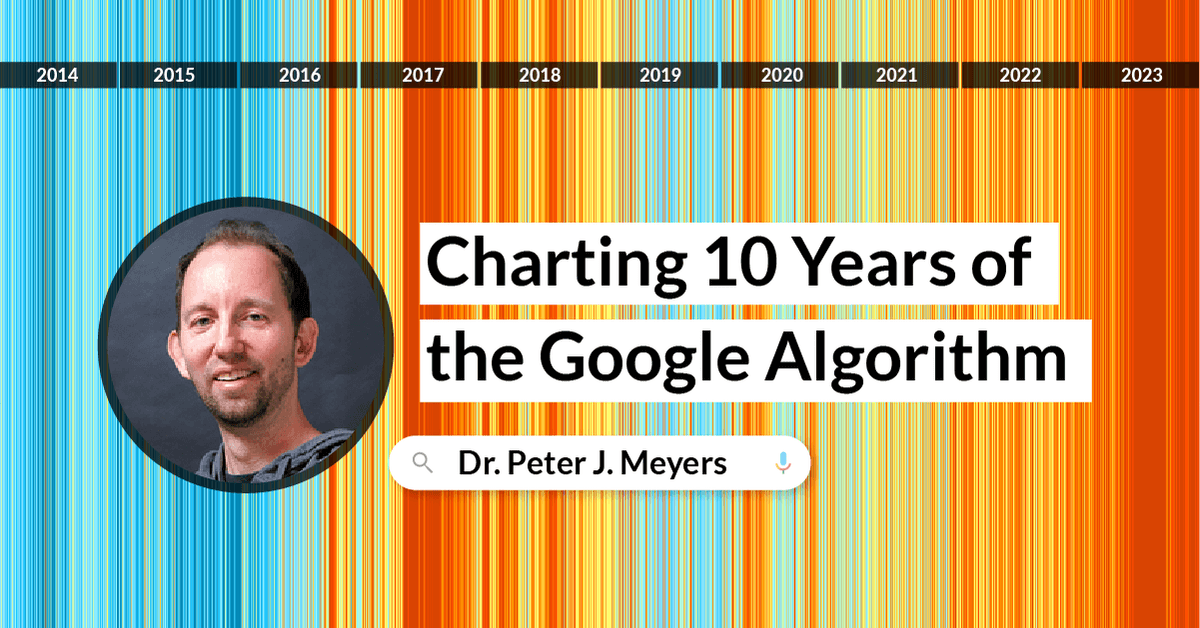Ultimately, Google’s “weather” isn’t a natural phenomenon — it’s driven by human choices, reactions, and, occasionally, mistakes. Whether the changes are heuristic or machine-driven, they’re all driven by the same core philosophy and business models.
SGE is a perfect example. We’re still waiting on a wide rollout, suggesting that Google doesn’t entirely like what they see. It’s easy to nitpick the quality of any given generated result. Still, across the big picture, Google has to consider the impact on overall quality, ad revenue, speed/latency, and the considerable cost of rolling out these models.
Even the very existence of SGE was driven by the pressure of OpenAI’s public success and partnership with Microsoft’s Bing, accelerating Google’s previously conservative timeline. These decisions go well beyond the algorithm itself and even Google’s technological capabilities. To understand the future, we have to understand all of these pressures.
We can learn a lot from the past ten years, but ultimately, we have to be able to adapt. The only guarantee is that — as long as people need to find information, people, places, and things, both search engines and search marketing will continue to exist.
For a full list of major algorithm updates back to 2003’s “Boston” update, check out our Google algorithm update history. For daily data on Google rankings flux and SERP feature trends, visit our MozCast SERP tracking project.
